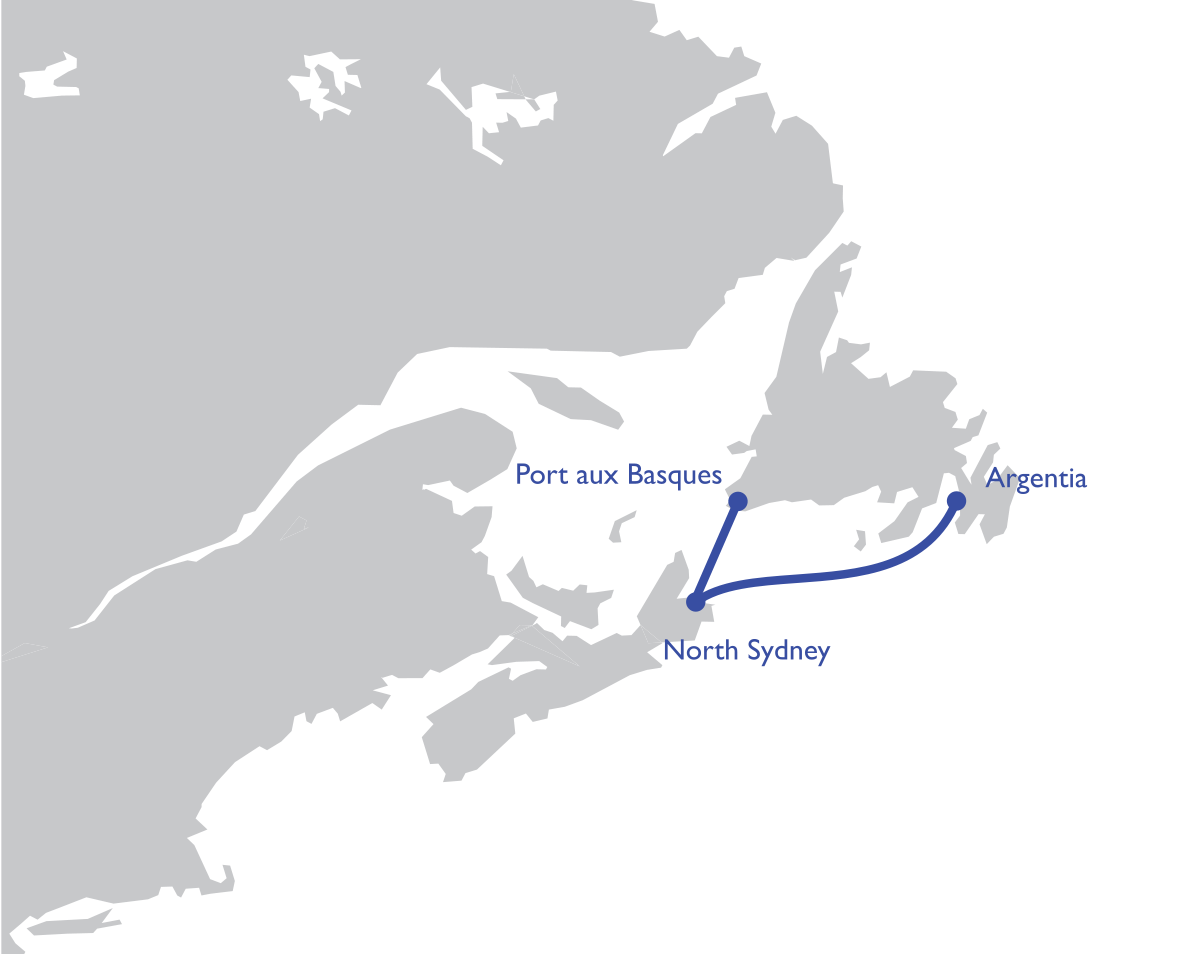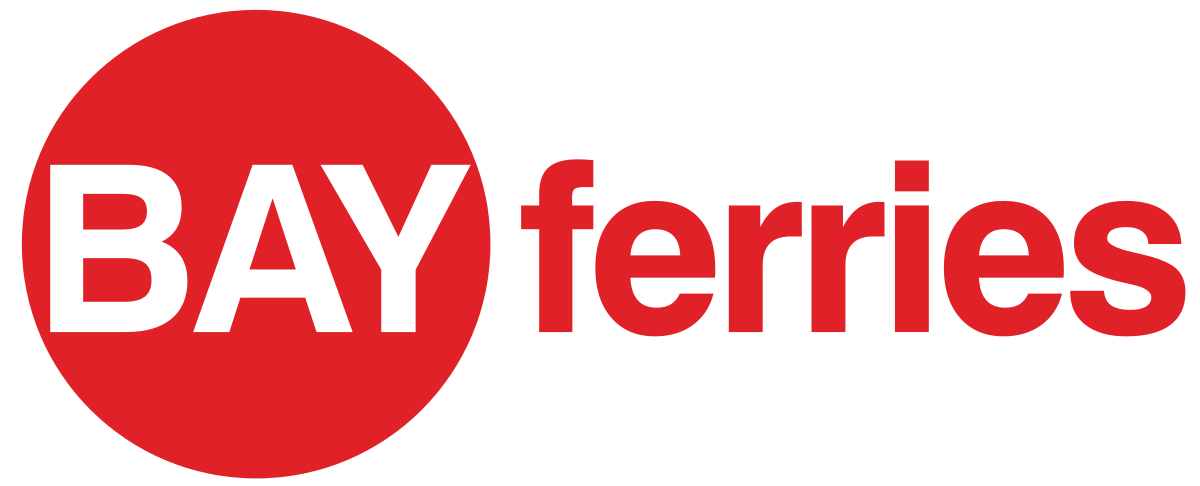The CAF needs to figure out what it really wants to be. Right now IMHO the taxpayer gets a pretty terrible return on investment due to lack of strategic planning and inter service (and inter regimental) rivalries.
I think there needs to be a massive increase in the TacHel to properly support domestic response - as well as overseas.
The highlighted part really is (always has been) the key missing piece. The CAF has a tendency to half-ass EVERYTHING rather than focusing on properly and fully investing in key capabilities even if it might potentially mean that other capabilities may suffer.
We tend to blame the government for this, but in reality I think most of the blame goes to the CAF itself. Strong, Secure, Engaged (along with literally every previous defence policy document put out by governments of both federal parties) calls for Canada's military to be:
- Strong at home, its sovereignty well-defended by a Canadian Armed Forces also ready to assist in times of natural disaster, other emergencies, and search and rescue.
- Secure in North America, active in a renewed defence partnership in NORAD and with the United States.
- Engaged in the world, with the Canadian Armed Forces doing its part in Canada's contributions to a more stable, peaceful world, including through peace support operations and peacekeeping.
The first two objectives are very closely related in the capabilities required and due to the huge size of our country those same capabilities are essentially expeditionary in nature and can be used to meet the third requirement.
Military threats to Canada primarily come from the Sea and Air. Detecting those threats is the first priority, so NORAD modernization, Satellites, OPVs, MPA's, UAVs, etc. are required. Then we need to be able to respond to those threats so Fighters, surface combatants, submarines and AD systems are required.
Then we need to be able to respond to any ground and non-kinetic threats, so a rapidly deployable (light) force that can get quickly to any point in Canada is required along with the ability to counter cyber threats and non-conventional threats that are beyond the capabilities of law enforcement to handle.
All of the above require robust logistics capabilities. Lots of air transport. Air-to-Air Refueling. Ships capable of carrying supplies.
Meet those domestic requirements with a properly equipped force and you will automatically be able to fulfill the requirements to be engaged elsewhere in the World. Fighters, naval forces, AAR and transport aircraft, AD systems, Light Rapid Response forces, robust logistics support. I think all of our allies would be quite happy if we could provide those things even if it means we don't have an Armoured Division to add to the mix.
 www.comoxvalleyrecord.com
www.comoxvalleyrecord.com





